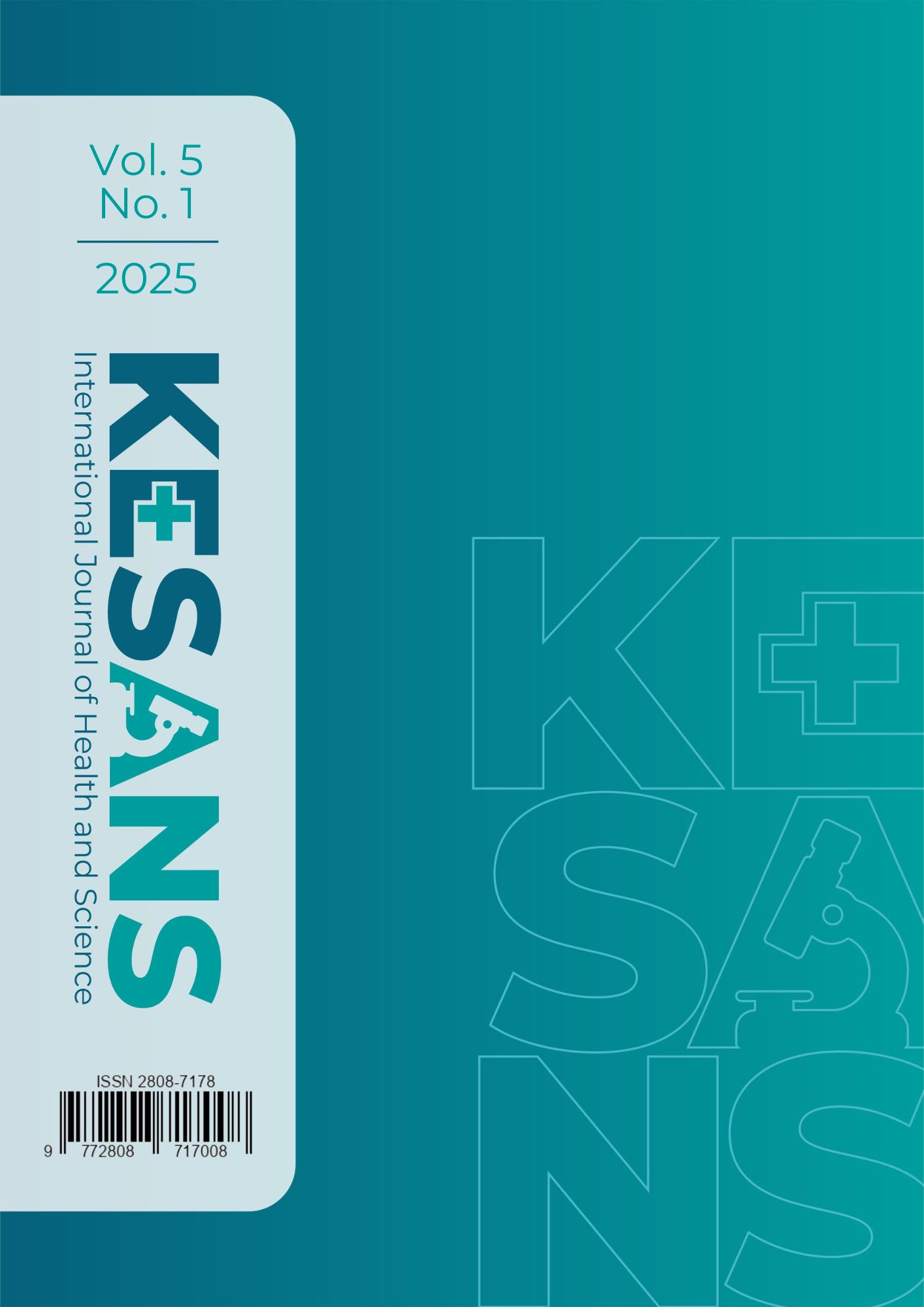The Construction of Maladjustment and Self-Control on Bullying Coping Mechanisms among Adolescents in Palu City
DOI:
https://doi.org/10.54543/kesans.v5i1.453Keywords:
Maladjustment, Self-Control, Bullying, AdolescentsAbstract
Introduction: Bullying among adolescents remains prevalent, especially in Palu City, which from 2018–2022 had the highest violence rates in Central Sulawesi. Incidents often occur in schools like SMP Negeri 14 and 7. Coping mechanisms particularly maladjustment and self-control play crucial roles in how adolescents respond to psychosocial stress and bullying. Objective: To analyze the effects of maladjustment and self-control on bullying coping mechanisms among adolescents. Method: A quantitative cross-sectional study was conducted among 440 students at SMP Negeri 14 Palu. Using proportionate stratified random sampling, 81 respondents were selected. Data were analyzed through univariate analysis and logistic regression. Result and Discussion: Simultaneous analysis showed maladjustment and self-control significantly influence bullying coping mechanisms among adolescents at SMP Negeri 14 Palu. Their combination better predicts coping than models without predictors, explaining strategy variation. Consistent with the Transactional Model of Stress and Coping, high maladjustment and low self-control heighten negative appraisals, limit emotional regulation, and increase the likelihood of maladaptive responses such as avoidance, aggression, or withdrawal when facing bullying. Conclusions: Maladjustment increases adolescents’ vulnerability to the impacts of bullying, whereas self-control protects by promoting regulated emotions, rational thinking, and adaptive coping strategies in dealing with social pressures.
Downloads
Published
How to Cite
Issue
Section
Citation Check
License
Copyright (c) 2025 Abd Rahman, Sitti Radhiah, Hasanah Hasanah, Rifka Haristantia, Nurbaya Nurbaya

This work is licensed under a Creative Commons Attribution-ShareAlike 4.0 International License.





















